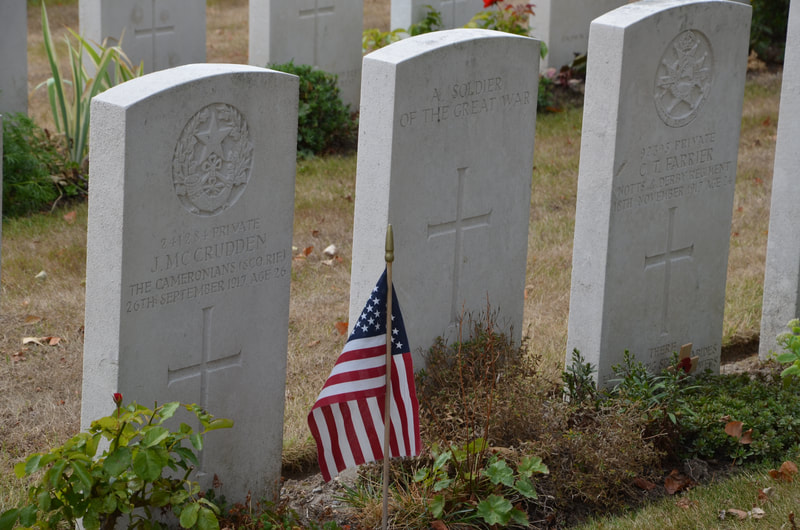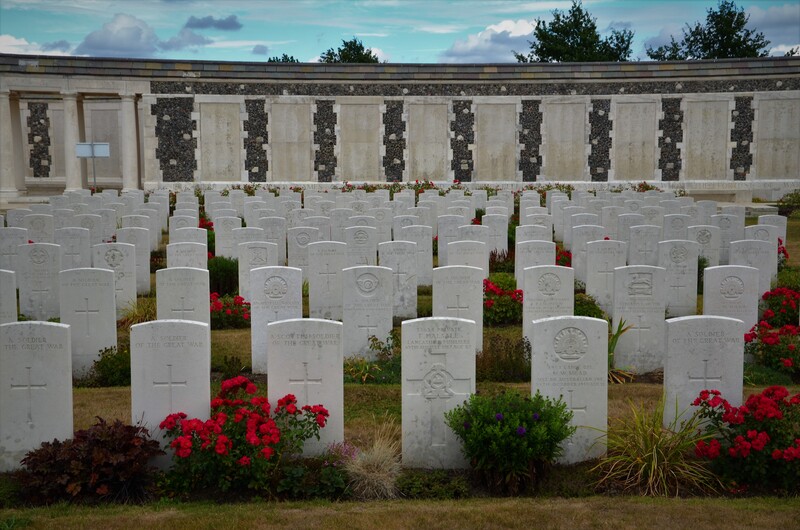Battle of Passchendaele
Passchendaele has become a symbol of the senselessness and cruelty of the First World War. 6 November 1917 Passchendaele was captured by the Canadians. Moving the front line by only eight kilometers cost the lives and health of about 600 thousand soldiers. Their sacrifice turned out to be pointless, because in 1918 the Allies withdrew from the conquered territories in the face of the imminent German counter-offensive. Three months of fighting in nightmarish conditions, millions of artillery shells fired, the suffering of soldiers, this is what the Passchendaele museum tells us about.
Museum Passchendaele 1917
The basis of the museum's collection are primarily military items. In addition, there is also a large number of personal belongings of soldiers and military documents. The main task of the museum is to promote knowledge about the First World War. The theme of the exhibition is the third Battle of Ypres, also known as the Battle of Passchendaele. Visitors can wear a helmet and a steel bulletproof vest from the First World War. An underground shelter was also reconstructed. The most impressive, however, are the reconstructed English and German trenches. The museum has prepared a lot of multimedia materials for visitors. This will be of particular interest to children, who can explore the museum in a way that interests them by means of a map and radio play, performing interesting tasks along the way.
|
Address:
Berten Pilstraat 5A B-8980 Zonnebeke |
Opening hours:
poniedziałek-niedziela: 10.00-17.30 |
Ticket price:
11.50 Euro |
Tyne Cot Cemetery
The surroundings of the museum can be explored on foot or by bike. There are many bunkers and memorials related to the Battle of Passchendaele. Polygon Wood is a forest located between Ypres and Zonnebeke. Several battles were fought in this place during the First World War. In the immediate vicinity of the forest, there are two cemeteries where Commonwealth soldiers are buried.
Most important, however, is Tyne Cot, the largest Commonwealth war cemetery in the world. There are graves of 11.968 allied soldiers here.
Most important, however, is Tyne Cot, the largest Commonwealth war cemetery in the world. There are graves of 11.968 allied soldiers here.














